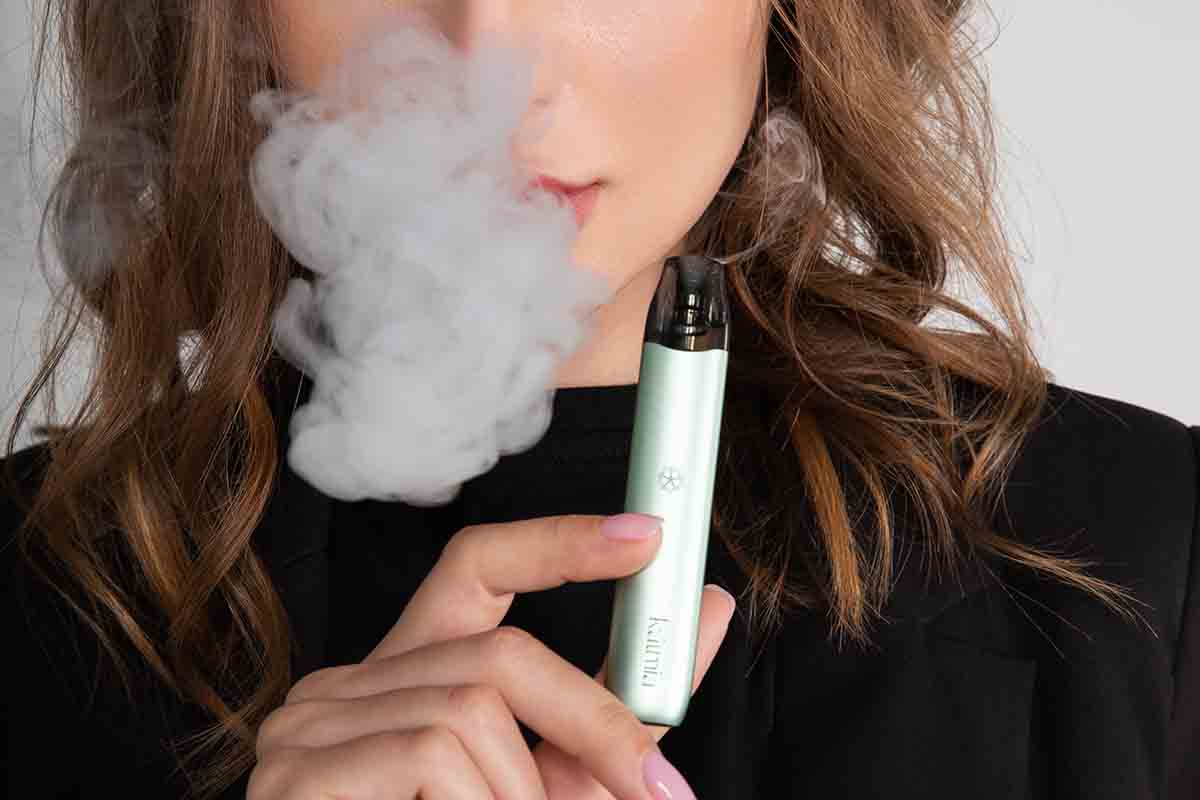Vaping has surged in popularity over the past decade, with millions of people worldwide choosing it as an alternative to traditional smoking. However, while it may seem like a safer option, many are unaware of the actual substances they inhale when they vape. This article delves into the chemicals present in e-cigarette vapor, their potential health effects, and what research says about vaping. Understanding what you inhale when you vape is crucial for making informed decisions about your health.
What is Vaping?
Before we dive into the specifics of what is inhaled when vaping, it’s essential to understand what vaping is. Vaping refers to the act of inhaling and exhaling aerosol, often called vapor, produced by an e-cigarette or similar device. These devices heat a liquid, called e-liquid or vape juice, which usually contains nicotine, flavorings, and other chemicals.

Components of Vape Juice
The primary components of vape juice are:
1. Propylene Glycol (PG): A colorless, odorless liquid used as a base for vape juice. It helps to produce the vapor and carries flavor well.
2. Vegetable Glycerin (VG): A thicker liquid compared to PG, VG is responsible for the dense vapor clouds. It is sweet-tasting and also a base for vape juice.
3. Nicotine: An addictive substance found in tobacco plants. E-liquids can have varying nicotine strengths, from zero to high levels.
4. Flavorings: These can range from natural extracts to artificial compounds designed to create flavors like tobacco, fruit, candy, and desserts.

Inhaled Chemicals in Vapor
When you vape, the device heats the e-liquid, turning it into an aerosol that you inhale. This aerosol can contain several potentially harmful substances:
1. Nicotine: Even in small amounts, nicotine is highly addictive. It can affect brain development in teenagers and is toxic to developing fetuses.
2. Volatile Organic Compounds (VOCs): These are chemicals that can become vapors or gases. Some VOCs found in vape aerosol include formaldehyde and acrolein, both of which can cause lung and heart disease.
3. Diacetyl: A chemical used in flavorings that has been linked to a serious lung disease called bronchiolitis obliterans, also known as "popcorn lung."
4. Heavy Metals: Trace amounts of metals like nickel, tin, and lead can be found in the vapor. These come from the heating coil of the e-cigarette and can cause respiratory and other health issues.
5. Ultrafine Particles: These tiny particles can be inhaled deep into the lungs and cause inflammation and other health problems.
Health Risks of Vaping
Understanding the health risks associated with vaping is crucial for anyone considering or currently using e-cigarettes. Some of the primary health concerns include:
1. Respiratory Issues: Vaping can cause lung irritation, inflammation, and chronic respiratory conditions. The inhalation of toxic substances like formaldehyde and diacetyl can lead to severe lung damage.
2. Cardiovascular Problems: Nicotine and other chemicals in vape aerosol can increase heart rate and blood pressure, potentially leading to heart disease.
3. Addiction: Nicotine addiction is a significant risk, especially for young people. This can lead to long-term dependence and the possibility of transitioning to traditional cigarettes.
4. Impact on Youth: Vaping among teenagers is particularly concerning as it can affect brain development, leading to learning and attention issues, and increase the likelihood of future addiction.
Comparing Vaping to Smoking
Many people turn to vaping as a way to quit smoking, believing it to be a safer alternative. Although vaping is generally believed to be less harmful than smoking conventional cigarettes, it is not entirely risk-free. Traditional cigarettes consist of numerous harmful chemicals, many of which are cancer-causing. E-cigarettes reduce exposure to some of these harmful substances but still pose significant health risks.

Regulations and Safety Standards
In many countries, regulatory bodies like the Food and Drug Administration (FDA) in the United States have begun to implement regulations to ensure the safety of e-cigarettes and vape products. These regulations include:
1. Manufacturing Standards: Ensuring that e-cigarettes and vape liquids are produced in a safe and controlled environment.
2. Marketing Restrictions: Limiting the advertising of vape products to reduce their appeal to minors.
3. Ingredient Disclosure: Requiring manufacturers to disclose the ingredients in their products.
4. Age Restrictions: Implementing age verification systems to prevent minors from purchasing vape products.
Tips for Safer Vaping
If you choose to vape, there are ways to reduce your risk:
1. Use Regulated Devices: Purchase e-cigarettes and vape liquids from reputable sources to ensure they meet safety standards.
2. Avoid High-Nicotine Products: Choose vape juices with lower nicotine concentrations to reduce addiction risk.
3. Stay Informed: Keep up-to-date with the latest research and regulations regarding vaping to make informed choices.
4. Monitor Your Health: Pay attention to any adverse health effects you experience while vaping and seek medical advice if necessary.
Conclusion
Vaping may be a less harmful alternative to smoking, but it is not without its risks. The aerosol inhaled when vaping contains a variety of chemicals, some of which can have serious health implications. By understanding what you inhale when you vape, you can make more informed decisions about your health. Always stay informed and cautious about the products you use and be aware of the potential long-term effects on your body.












